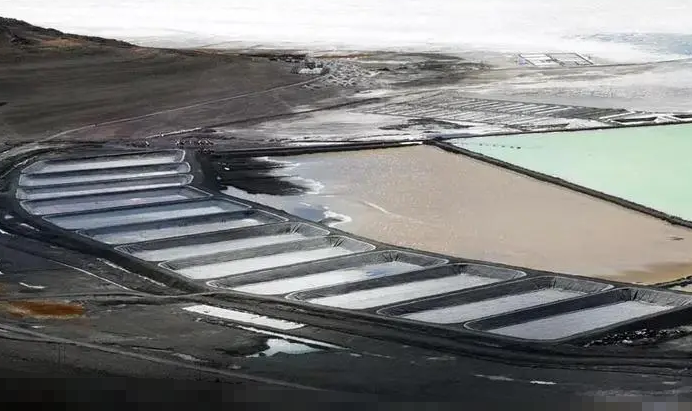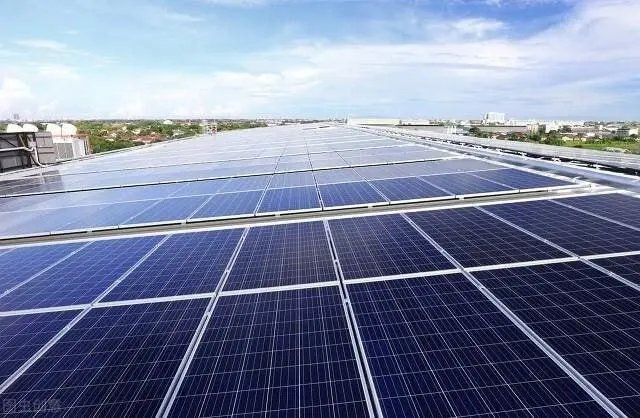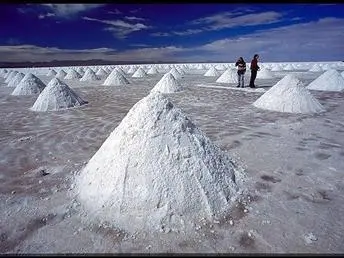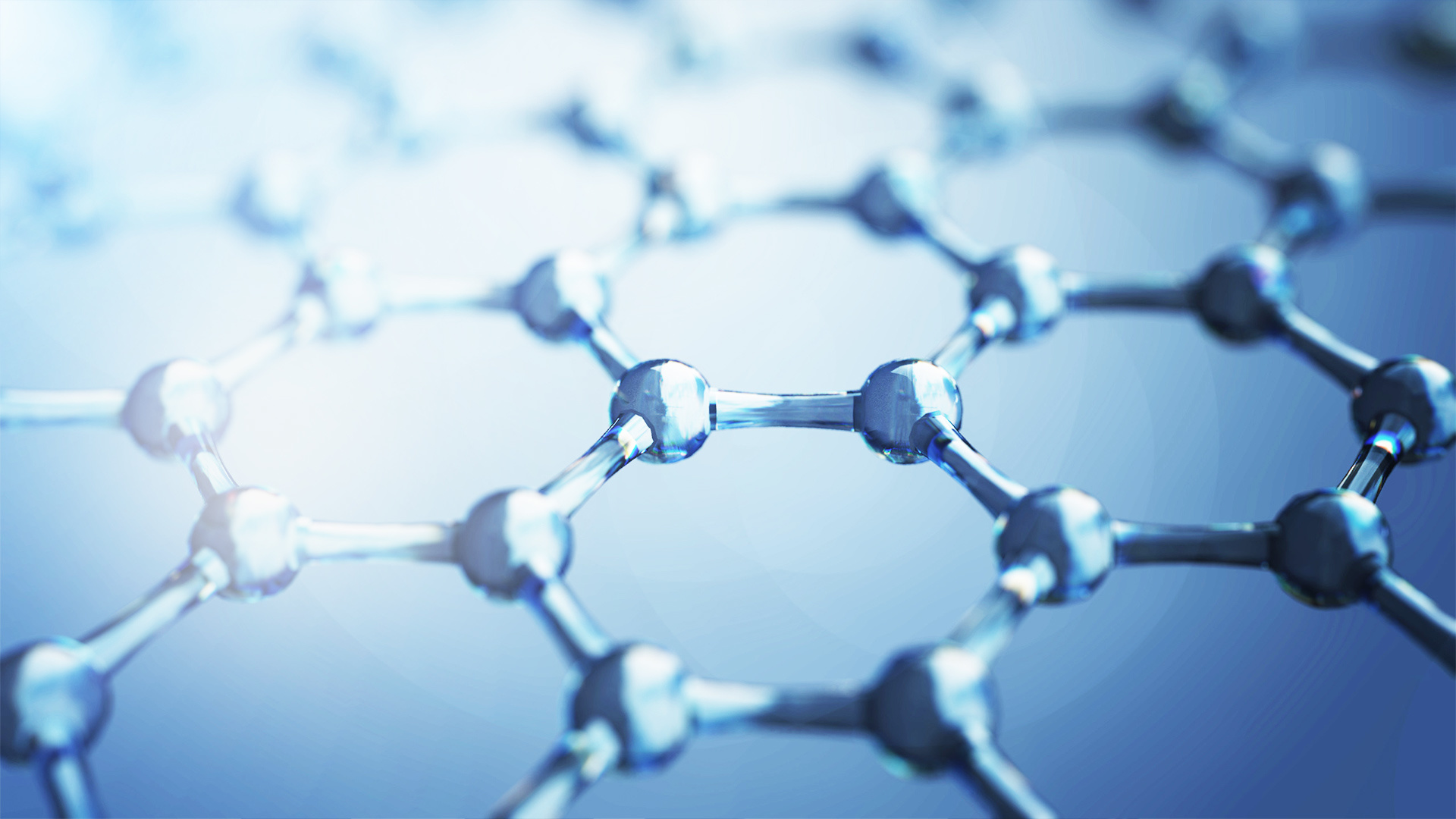Industry dynamics... Speaking of "lithium" all over the world.
Release time:
Mar 07,2022
Industry data show that from 2020 to 2025, the compound growth rate of electric vehicle sales is 48% (about 23 million electric vehicles sold in 2025, with a penetration rate of about 27%). Such a violent growth in electric vehicles, corresponding to lithium battery raw material lithium demand, is expected to maintain a compound growth rate of 37%. The rapid growth in demand for lithium resources is due to the fact that in the lithium battery technology route, whether it is lithium iron phosphate, lithium cobalt oxide, or ternary materials, lithium is a necessity, and the material accounts for a relatively stable proportion. Among them, ternary materials (commonly used are NCA and NCM) have advantages in energy density, volume capacity and cycle performance. The lithium iron phosphate material mainly uses lithium carbonate, which has the advantages of relatively low cost and strong safety. It is used in the fields of entry-level models, electric buses and energy storage. In addition, lithium batteries continue to grow in the downstream demand for lithium. In 2010, lithium batteries accounted for 27% of lithium downstream demand, and traditional industries such as grease and ceramics accounted for 73%. By 2020, traditional industries have dropped to 31%, and the total demand for lithium in power, consumption and energy storage batteries has reached 69%, which is expected to reach more than 90% in 2025. Talk about "lithium" demand growth Market conditions show that the global lithium industry demand in 2020 is about 300000 tons of LCE, and the lithium industry demand is expected to exceed 1.4 million tons by 2025, with a compound growth rate of 37%. In terms of supply, although the global lithium supply has grown steadily, it is far from keeping up with market demand. Price, due to the terminal new energy development greatly exceeded expectations, bringing midstream battery materials have been expanded. This directly allowed the price of lithium to explode, first from 40000 yuan/ton to 90000 yuan/ton, and then broke through 180000 yuan/ton, and then rose again after a short-term shock. As of December 31, 2021, the Asian metal network battery grade lithium carbonate quotation has reached 278000 yuan/ton, significantly exceeding the highest point of lithium price in 2018. By the first quarter of 2022, the price has soared to more than 400000 yuan/ton, and there is also a selling price of 500000/ton in the market. It can be seen from the price that for the entire lithium battery industry, the stable and high-quality supply of upstream materials has become the key to continued rapid development. Lithium supply bottleneck in salt lake lithium extraction At present, the existing forms of lithium resources that can be economically exploited mainly include salt lake brine, spodumene, lithium mica and lithium clay. The global lithium resource deposits are mainly divided into solid lithium ore and salt lake brine lithium ore, of which solid lithium ore is divided into pegmatite type and sedimentary rock type, such as spodumene, lithium mica ore mainly belongs to pegmatite type. According to USGS2012 -2010 data, about 58% of global lithium resources exist in the form of closed basin brine, and lithium resources in the form of pegmatite account for about 26%. Salt lakes account for the largest proportion of many forms of lithium resources. Different resource types correspond to different lithium extraction processes and lithium salt products. According to different types of resources, the lithium extraction process can be roughly divided into salt lake lithium extraction and ore lithium extraction. Lithium extraction from ore: take the relatively mature sulfuric acid roasting process as an example, the main process flow includes: ore sorting-high temperature roasting-sulfation roasting-dissolution-impurity removal-lithium precipitation, the process is relatively simple, the lithium recovery rate is high, but the energy consumption is large, the required auxiliary materials are more, so the production cost is higher. Salt lake lithium extraction: Compared with ore lithium extraction, salt lake lithium extraction energy consumption, the required auxiliary materials are relatively small, so the corresponding production costs are lower, the cost is mainly concentrated in the salt field construction and other early investment. Due to the poor versatility of the salt lake lithium extraction process, the expansion rate of salt lake production is relatively slow, and the expansion pace of global salt lake production enterprises is relatively limited. If there is a big breakthrough in salt lake lithium technology and the speed of expansion, the shortage of lithium resources will be alleviated in the future. Lithium supply bottleneck in salt lake lithium extraction In 2014-2020, with the increase in lithium demand, global lithium supply increased from 59000 tons of LCE to 439000 tons, a compound growth rate of 40%, of which Australia and South America are the main supply, both accounting for about 80% of the total. By 2020-2021, Australia's lithium pyroxene mine is still the main supply, while South America's salt lake resources have not yet been released in large quantities and have not kept pace with supply. However, with the release of production capacity such as salt lakes in South America, Australia's share of lithium flint supply will decrease. At the same time, the supply of salt lakes and lithium mines in China will gradually catch up and the share will increase. In 2021, China's total lithium salt production reached 410000 tons of LCE, Western Australia lithium concentrate, South American salt lake resources mainly flow to China, and from China's output of lithium hydroxide (mainly from lithium concentrate smelting) a large number of exports to Japan and South Korea and other demand countries. China is becoming the largest demand and production area for lithium salt. As the capacity expansion rate of the smelting side is less than 1 year, the capital expenditure cycle of the lithium mine is about 3 years, and the capital expenditure cycle of the salt lake is about 5 years. Today's lithium industry shortage, it is the resource end of the expansion rate is much lower than the smelting end. For the problem of lithium shortage, how to ensure the supply of lithium without being subject to market fluctuations has increasingly become the focus of raw material companies.

Industry data show that from 2020 to 2025, the compound growth rate of electric vehicle sales is 48% (about 23 million electric vehicles sold in 2025, with a penetration rate of about 27%). Such a violent growth in electric vehicles, corresponding to lithium battery raw material lithium demand, is expected to maintain a compound growth rate of 37%. The rapid growth in demand for lithium resources is due to the fact that in the lithium battery technology route, whether it is lithium iron phosphate, lithium cobalt oxide, or ternary materials, lithium is a necessity, and the material accounts for a relatively stable proportion. Among them, ternary materials (commonly used are NCA and NCM) have advantages in energy density, volume capacity and cycle performance. The lithium iron phosphate material mainly uses lithium carbonate, which has the advantages of relatively low cost and strong safety. It is used in the fields of entry-level models, electric buses and energy storage. In addition, lithium batteries continue to grow in the downstream demand for lithium. In 2010, lithium batteries accounted for 27% of lithium downstream demand, and traditional industries such as grease and ceramics accounted for 73%. By 2020, traditional industries have dropped to 31%, and the total demand for lithium in power, consumption and energy storage batteries has reached 69%, which is expected to reach more than 90% in 2025.
Talk about "lithium" demand growth
Market conditions show that the global lithium industry demand in 2020 is about 300000 tons of LCE, and the lithium industry demand is expected to exceed 1.4 million tons by 2025, with a compound growth rate of 37%. ForAlthough the global supply of lithium is growing steadily, it is far from keeping up with market demand.. Price, due to the terminal new energy development greatly exceeded expectations, bringing midstream battery materials have been expanded. This directly allowed the price of lithium to explode, first from 40000 yuan/ton to 90000 yuan/ton, and then broke through 180000 yuan/ton, and then rose again after a short-term shock. As of December 31, 2021, the Asian metal network battery grade lithium carbonate quotation has reached 278000 yuan/ton, significantly exceeding the highest point of lithium price in 2018. By the first quarter of 2022, the price has soared to more than 400000 yuan/ton, and there is also a selling price of 500000/ton in the market. From the price can be seen, for the entire lithium battery industry,The stable and high-quality supply of upstream materials has become the key to continued rapid development..
Lithium supply bottleneck in salt lake lithium extraction
At present, the existing forms of lithium resources that can be economically exploited mainly include salt lake brine, spodumene, lithium mica and lithium clay. The global lithium resource deposits are mainly divided into solid lithium ore and salt lake brine lithium ore, of which solid lithium ore is divided into pegmatite type and sedimentary rock type, such as spodumene, lithium mica ore mainly belongs to pegmatite type. According to USGS2012 -2010 data, about 58% of global lithium resources exist in the form of closed basin brine, and lithium resources in the form of pegmatite account for about 26%. Salt lakes account for the largest proportion of many forms of lithium resources. Different resource types correspond to different lithium extraction processes and lithium salt products. According to different types of resources, the lithium extraction process can be roughly divided into salt lake lithium extraction and ore lithium extraction.
Lithium extraction from ore:Taking the more mature sulfuric acid roasting process as an example, the main process flow includes: ore sorting-high temperature roasting-sulfation roasting-dissolution-impurity removal-lithium sinking, the process is relatively simple, the lithium recovery rate is high, but the energy consumption is large, the required auxiliary materials are more, so the production cost is higher.
salt lake lithium:Compared with ore lithium extraction, the energy consumption of salt lake lithium extraction is relatively small, so the corresponding production cost is lower, and the cost is mainly concentrated in the upfront investment such as salt field construction.
Due to the poor versatility of the salt lake lithium extraction process, the expansion rate of salt lake production is relatively slow, and the expansion pace of global salt lake production enterprises is relatively limited.If there is a big breakthrough in salt lake lithium extraction technology and the speed of expansion is accelerated, the shortage of lithium resources will be alleviated in the future..
 Lithium supply bottleneck in salt lake lithium extraction
Lithium supply bottleneck in salt lake lithium extraction
In 2014-2020, with the increase in lithium demand, global lithium supply increased from 59000 tons of LCE to 439000 tons, a compound growth rate of 40%, of which Australia and South America are the main supply, both accounting for about 80% of the total. By 2020-2021, Australia's lithium flint ore is still the main supply, while South America's salt lake resources have not yet been released in large quantities and have not kept pace with supply. However, with the release of production capacity such as salt lakes in South America, Australia's share of lithium flint supply will decrease. At the same time, the supply of salt lakes and lithium mines in China will gradually catch up and the share will increase. In 2021, China's total lithium salt production reached 410000 tons of LCE, Western Australia lithium concentrate, South American salt lake resources mainly flow to China, and from China's output of lithium hydroxide (mainly from lithium concentrate smelting) a large number of exports to Japan and South Korea and other demand countries. China is becoming the largest demand and production area for lithium salt. As the capacity expansion rate of the smelting side is less than 1 year, the capital expenditure cycle of the lithium mine is about 3 years, and the capital expenditure cycle of the salt lake is about 5 years. Now the lithium industry shortage, it isThe expansion rate of the resource end is much lower than that of the smelting end..For the problem of lithium shortage, how to ensure the supply of lithium without being subject to market fluctuations has increasingly become the focus of raw material companies.
Related News






